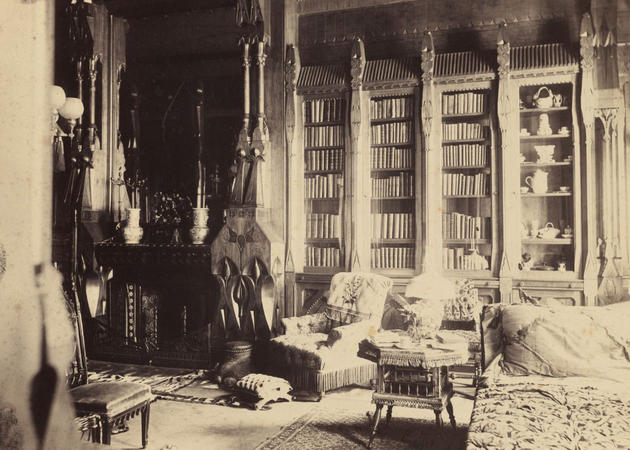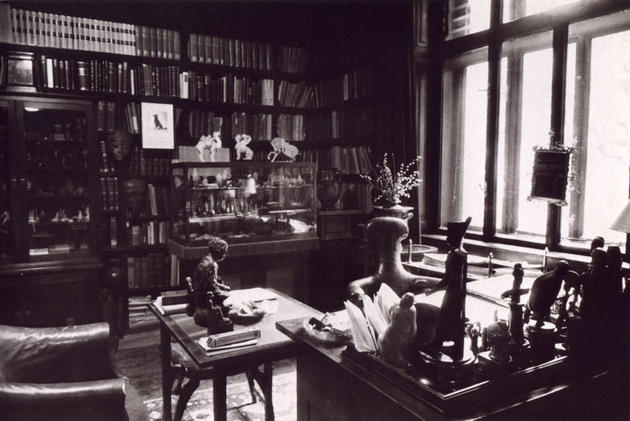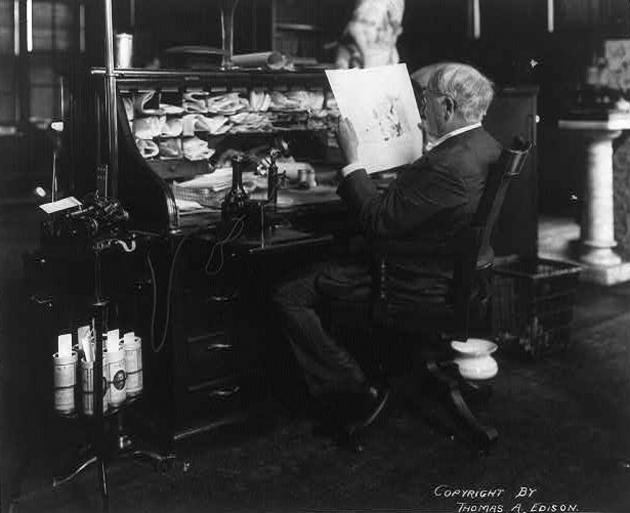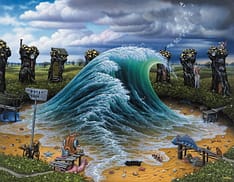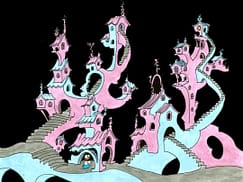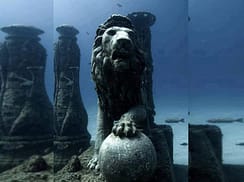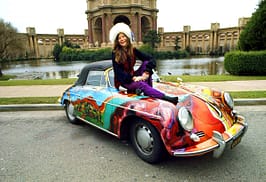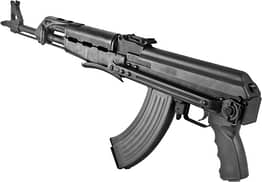Get a closer look at private study rooms of Charles Darwin, Claude Monet, Theodore Roosevelt, Sigmund Freud, Steve Jobs, Thomas A. Edison and other famous people.
Above photo: Charles Robert Darwin, FRS was an English naturalist. He established that all species of life have descended over time from common ancestors, and proposed the scientific theory that this branching pattern of evolution resulted from a process that he called natural selection.
Claude Monet was a founder of French impressionist painting, and the most consistent and prolific practitioner of the movement’s philosophy of expressing one’s perceptions before nature, especially as applied to plein-air landscape painting.
Theodore “T.R.” Roosevelt, Jr. was the 26th President of the United States. He is noted for his exuberant personality, range of interests and achievements, and his leadership of the Progressive Movement, as well as his “cowboy” persona and robust masculinity.
Sigmund Freud was an Austrian neurologist who became known as the founding father of psychoanalysis.
Steven Paul “Steve” Jobs was an American entrepreneur, marketer, and inventor, who was the co-founder, chairman, and CEO of Apple Inc.
[/nextpage] [nextpage title=”next” ]
Thomas Alva Edison was an American inventor and businessman. He developed many devices that greatly influenced life around the world, including the phonograph, the motion picture camera, and a long-lasting, practical electric light bulb.
Baron Mór Lipót Herzog assembled one of Europe’s great private collections of art and the largest collection in Hungary prior to World War II.
Alfons Maria Mucha, often known in English and French as Alphonse Mucha, was a Czech Art Nouveau painter and decorative artist, known best for his distinct style. He produced many paintings, illustrations, advertisements, postcards, and designs.
Sir Walter Besant, was a novelist and historian who lived largely in London. William Henry Besant was his brother, and another brother, Frank, gave his name to Annie Besant.
Henry Charles Lea was an American historian, civic reformer, and political activist. Lea was born and lived in Philadelphia.
[/nextpage] [nextpage title=”next” ]
Adolph Friedrich Erdmann von Menzel was a German artist noted for drawings, etchings, and paintings.
Andrew Carnegie was a Scottish-American industrialist who led the enormous expansion of the American steel industry in the late 19th century.
Bruce Rogers was an American typographer and type designer, acclaimed by some as among the greatest book designers of the twentieth century.
Edward Drinker Cope was an American paleontologist and comparative anatomist, as well as a noted herpetologist and ichthyologist. He was a founder of the Neo-Lamarckism school of thought.
Edward Morgan Forster was an English novelist, short story writer, essayist and librettist. He is known best for his ironic and well-plotted novels examining class difference and hypocrisy in early 20th-century British society.
[/nextpage] [nextpage title=”next” ]
Gaston Tissandier was a French chemist, meteorologist, aviator and editor. Adventurer could be added to the list of his titles, as he managed to escape besieged Paris by balloon in September 1870.
George Walter Vincent Smith made his fortune as a carriage manufacturer in New York City and retired when he was just 35 years old. He and his Springfield-born wife, Belle Townsley Smith, moved to Springfield in 1871 and devoted their lives to collecting art. Although Smith never visited Asia, by buying from dealers in New York and Europe he became a leading 19th-century collector of Chinese, Japanese and Middle Eastern art, and also amassed an outstanding selection of 19th-century American paintings.
Count Lev Nikolayevich Tolstoy, also known as Leo Tolstoy, was a Russian writer who primarily wrote novels and short stories. Later in life, he also wrote plays and essays.
George Washington Cable was an American novelist notable for the realism of his portrayals of Creole life in his native New Orleans, Louisiana.
Henrik Johan Ibsen was a major 19th-century Norwegian playwright, theatre director, and poet. He is often referred to as “the father of realism” and is one of the founders of Modernism in the theatre.
[/nextpage] [nextpage title=”next” ]
Oliver Wendell Holmes, Jr. was an American jurist who served as an Associate Justice of the Supreme Court of the United States from 1902 to 1932.
Ralph Waldo Emerson was an American essayist, lecturer, and poet, who led the Transcendentalist movement of the mid-19th century.
Ray Douglas Bradbury was an American fantasy, science fiction, horror and mystery fiction writer. Best known for his dystopian novel Fahrenheit 451 and for the science fiction and horror stories gathered to gether as The Martian Chronicles (1950) and The Illustrated Man (1951), Bradbury was one of the most celebrated 20th-century American writers. Many of Bradbury’s works have been adapted into comic books, television shows and films.
Victor Segalen was a French naval doctor, ethnographer, archeologist, writer, poet, explorer, art-theorist, linguist and literary critic. He was born in Brest. He studied naval medicine in Bordeaux. He traveled and lived in Polynesia and China.
Walther Rathenau was a German industrialist, politician, writer, and statesman who served as Foreign Minister of Germany during the Weimar Republic. He was assassinated on June 24, 1922, two months after the signing of the Treaty of Rapallo, 1922.
William Ewart Gladstone, was a British Liberal politician. In a career lasting over sixty years, he served as Prime Minister four separate times, more than any other person.
William Gwinn Mather was an American industrialist. Mather was born in Ohio and attended Trinity College for his undergraduate and MA degrees. Mather headed the Cleveland-Cliffs Iron Company for 50 years from 1890 through 1940.
Source : iliketowastemytime
[/nextpage]



